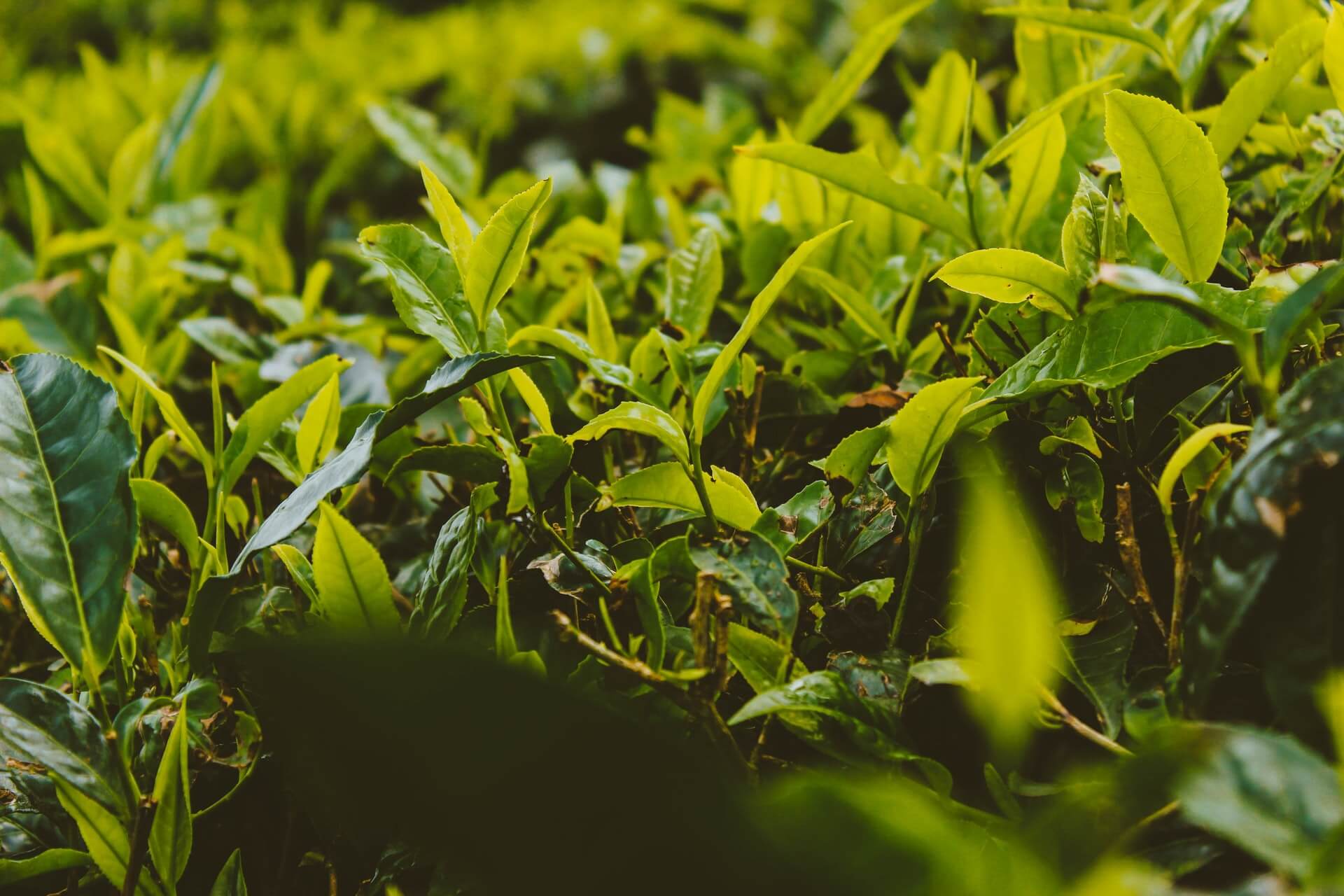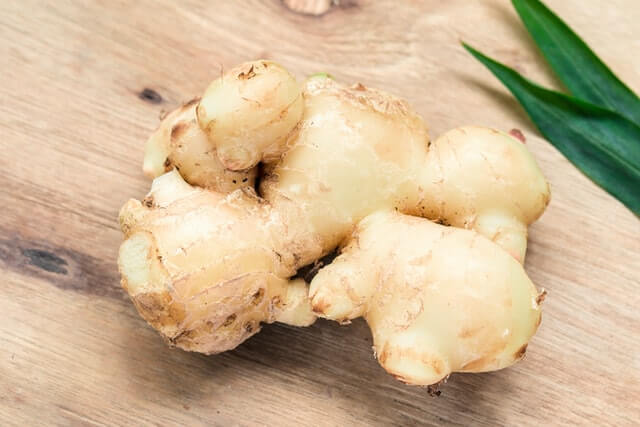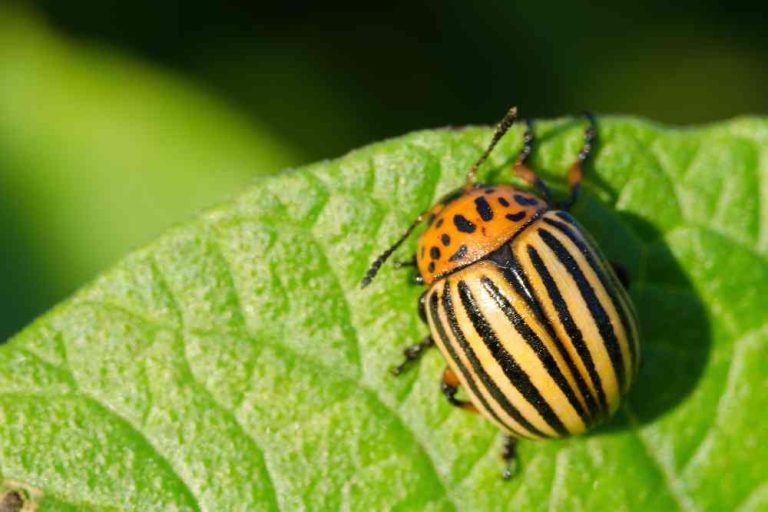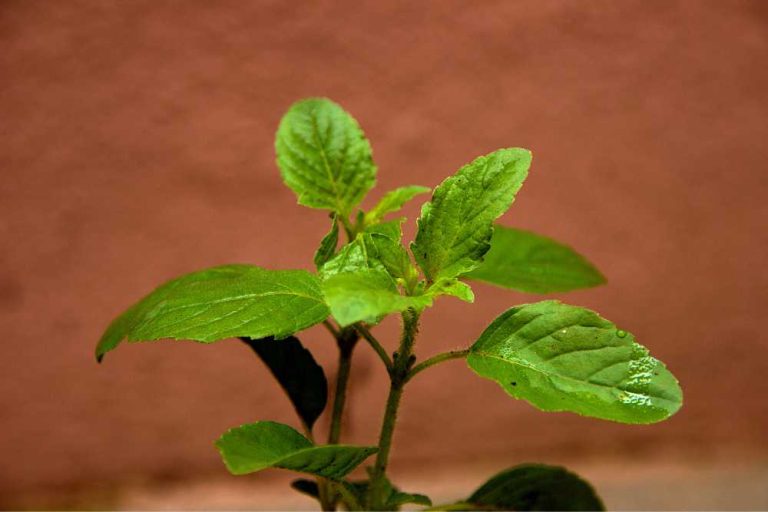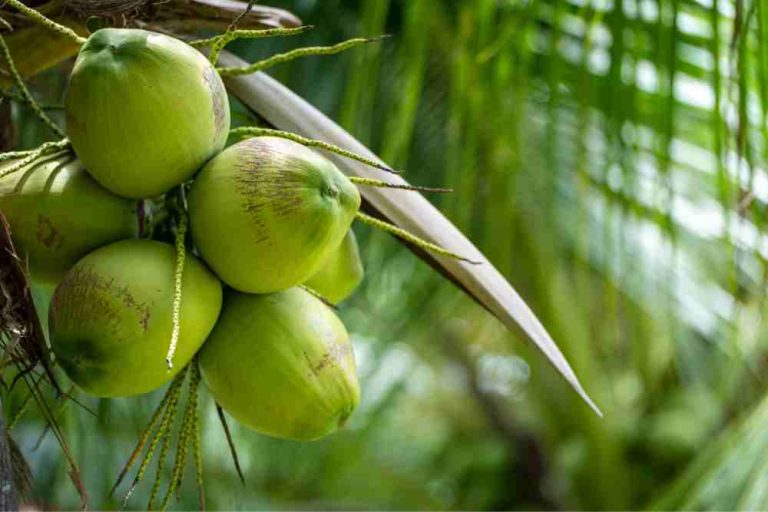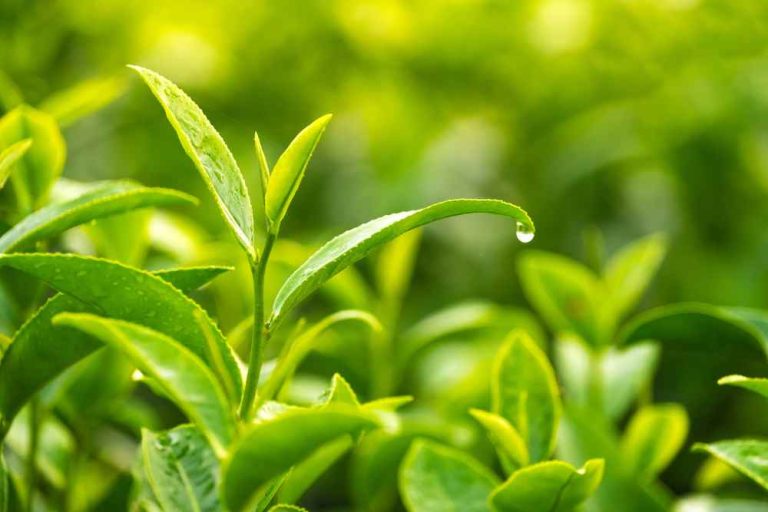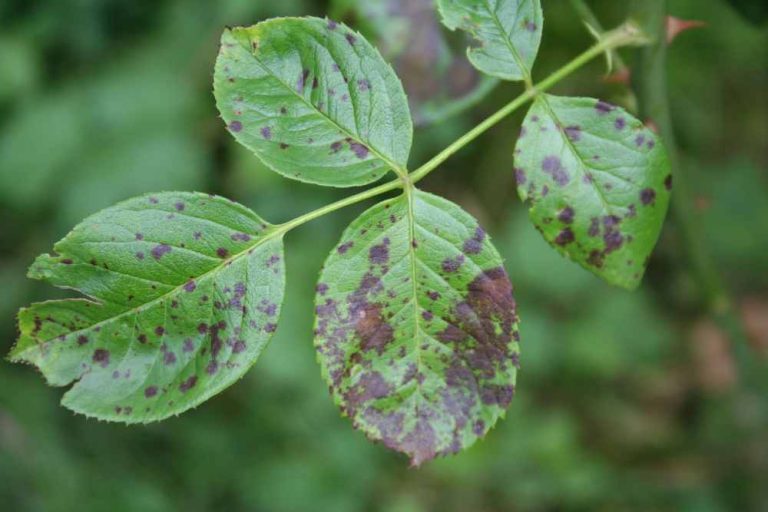Ultimate Guide to Managing Pest and Diseases in a Tea Plantation
What Is a Tea Plantation?
A land of tea cultivation is maintained at the commercial level.
Pest Management Program in Tea Plantation
Managing pests in tea plantation involve safe and environmentally sound use of pesticides to control crop pests when and where needed, as well as integrated pest management (IPM) strategies that avoid total reliance on chemical pesticides. Insects, weeds, and diseases that harm to the tea plantation
Pests in Tea Plantation
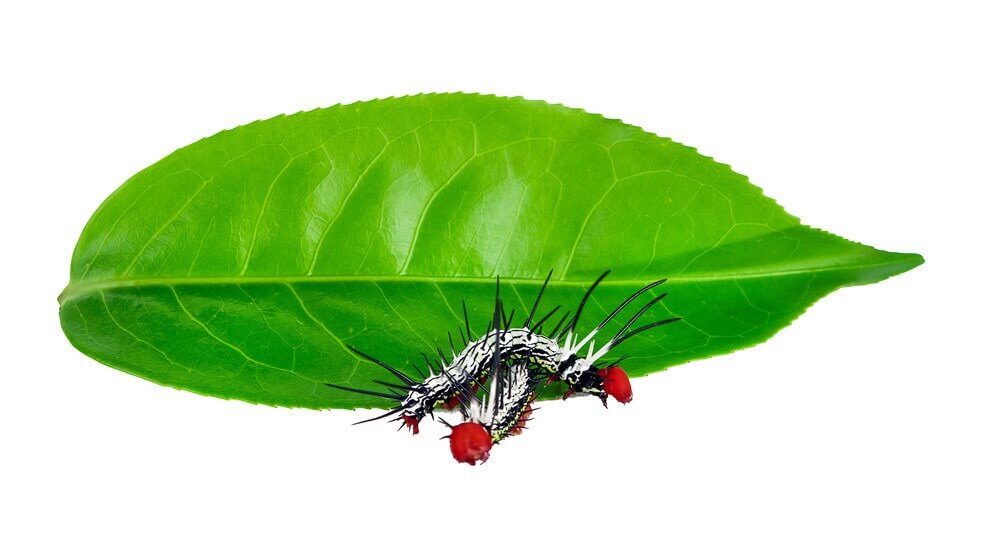
1. Scarlet Mite : Brevipalpus californicus
Eggs are scarlet, Bright red, elliptical, and laid under of the leaves. Adults are scarlet, red in color, and ovate in shape. Insects, weeds, and diseases that harm to the tea plantation. Feed on the under the surface of leaves, near the midrib, and the petiole of maintenance foliage. Heavy infestation leads to the defoliation of bushes.
2. Yellow Mite : Hermistarsonemus latus
Eggs are relatively larger- 0.1mm long. Females lay 4 or more eggs a day. Common in the post-monsoon period. Attack on harvesting parts.
3. Red Spider Mite : Oligonychus coffeae
Spherical bright red eggs. Developing stages are found to occur in six-legged larvae. The elliptically shaped female body. Infest the upper the surface of mature leaves. The infestation starts along the midrib and veins and spreads to the entire upper surface of leaves. Affected leaves – bronzed, dry, and crumpled.
4. Purple Mite : Calacarus carinayus
Minute warm like mites, having a vast range of host plants. The adult female has a deep purple color. The body is elongated and spindle-shaped, with a broad anterior end. It prefers older leaves to feed on, but during dry spells under heavy infestations, even younger leaves are infested. Found on both surfaces of the foliage. Affected leaves look dull and matty with a purplish-brown discoloration.
Integrated management has been adopted to control this mite pest, involving cultural, mechanical, physical, biological, and chemical methods. Only healthy, pest, and disease-free planting materials should be used. Ground sanitation and Bush sanitation. Collection and destruction of infected plants. Control weeds. Use natural enemies. Spraying of acaricide Diocofol.
5. Aphids (Tea aphid) Insects : Toxoptera aurantii
Small soft-bodied insects on the underside of leaves and/or stems of the plant. Usually green or yellow color, but maybe pink, brown, red, or black. Aphids secrete a sticky, sugary substance called honeydew which encourages the growth of sooty mold on the plants.
If aphid infestation is heavy it may cause leaves to yellow and/or distorted, necrotic spots on leaves and/or stunted shoots. If the aphid population is limited to just a few leaves or shoots then the infestation can be pruned out to provide control. Check transplants for aphids before planting. Use tolerant varieties if available.
Sturdy plants can be sprayed with a strong jet of water to knock aphids from leaves. Insecticides are generally only required to treat aphids if the infestation is very high – plants generally tolerate low and medium level infestation. Insecticidal soaps or oils such as neem or canola oil are usually the best methods of control. Always check the labels of the products for specific usage guidelines before use.
6. Mealy Bug in Tea : Nipaecoccus Viridis
Sexually dimorphic. Females appear as nymphs, Males are smaller, gnat-like and have wings often retain legs and can move. The adult females are soft-bodied, oval, flattened, dark brown, 2.5mm-3mm long, and lay a large number of eggs. Feeds on the young shoots and its severe infestation lead to defoliation.
7. Root Mealybug : Dysmicoccus sp.
Attack the roots of young tea plants in nurseries.
Control Methods
- The Water Cure,
- Dishwashing Liquid
- Rub the leaves
- Rubbing Alcohol
- Insecticidal Soap
- Natural Predators
- Chemicals
8. Green Scale : Coccus Viridis
The soft scale is an insect with a wide host range. Often found feeding along the main vein of the leaf. The feed from the phloem of the host plant. Damage due to the feeding of an individual scale is small. When large populations are present, yellowing, defoliation, reduction in fruit set, and loss in plant vigor are caused. Damaging to young trees in the first two years. Natural enemies, beetles, mites, parasitic wasps. Insecticides like Cygon and Orthene, Malathion, Dursban, and Sevin. Select planting material free from scale insects.
9. Tea Tortrix : Homona coffearia
Larvae feed on leaves. Leaves are webbed together in larval nests. The larvae do not eat the whole leaf but nibble at random. The leaf nest has several holes and appears blackened and untidy.
- Biological Control – Control by parasite hormone
- Chemical Control – Use Aminocarb, fenitrothion, and formothion Sprays with carbaryl.
Several types of caterpillars in Tea cultivation
- Bunch Caterpillar – This is the most common caterpillar attack for the Tea. The damaging stage is Larva. The adult is brownish with dark wavy lines on wings. It first feeds on the leaf surface by scraping. Remain clustered in bunches of tea. These are the damages of this caterpillar; Scraped leaf surfaces. Concave cut leaf margins. Clustering of leaves on branches. Collect and destroy the clustered leaf bunches on branches. Spray with Quinolphos 2 ML / Liter.
- Looper Caterpillar – They made a series of small holes along and a little away from the margin. Tea bushes completely denuded.
- Twing Caterpillar – Whole leaves are eaten off, leaving the midrib.
- Lobster Caterpillar – Commonly can be seen in new clearings and nurseries. completely devour all the leaves from a small plant.
Leaf Diseases of Tea
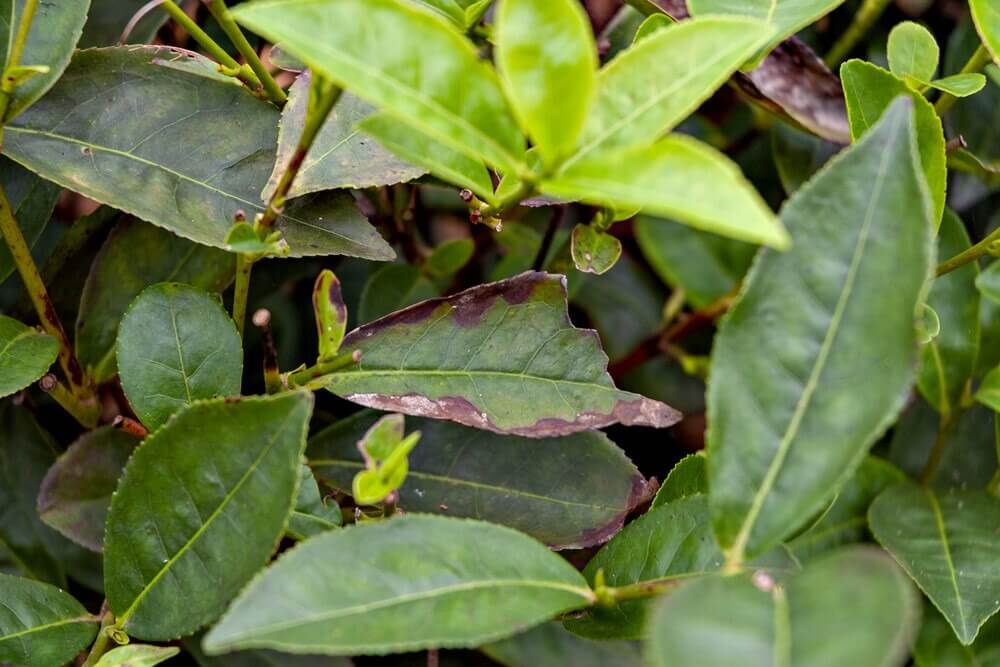
1. Algal Leaf Spot : Cephaleuros virescens
Leaves develop lesions that are roughly circular, raised, and purple to reddish-brown. Avoid plant stress. Avoid poorly drained sites. Promote good air circulation in the plant canopy to reduce humidity and duration of leaf wetness. Maintain a balanced nutrition level.
2. Brown Blight, Grey Blight : Colletotrichum sp. Pestalotiopsis sp.
Small, oval, pale yellow-green spots first appear on young leaves. Often the spots are surrounded by a narrow, yellow zone. As the spots grow and turn brown or gray, concentric rings with scattered, tiny black dots become visible, and eventually, the dried tissue falls, leading to defoliation. Leaves of any age can be affected. Avoid plant stress. Grow tea bushes with adequate spacing.
3. Blister Blight : Exobasidium vexans
Small, pinhole-sized spots are on young leaves less than a month old. As the leaves develop, the spots become transparent, larger, and light brown. After about 7 days, the lower leaf surface develops blister-like symptoms, with dark green, water-soaked zones surrounding the blisters. Following the release of the fungal spores, the blister becomes white and velvety. Subsequently, the blister turns brown, and young infected stems become bent and distorted and may break off or die. Avoid plant stress. Avoid poorly drained sites. Promote good air circulation in the plant canopy to reduce humidity and duration of leaf wetness.
Root Diseases
Primary root diseases
- Red root disease (Poria hypolateritia)
- Brown root disease (fomes noxius)
- Black root disease (rosellinia arcuata)
- Root rot (Oomycete Phytophthora cinnamomi )
Secondary root diseases
- Charcoal stump rot (ustulina zonata),
- Violet root rot (sphaerostilbe repens)
- Diplodia root rot (botryodiplodia theobromae)
1. Red Root Disease – Fungus : Poria hypolateritia
Yellowing foliage. The wilting and sudden death of part of the plant. Withered leaves remain attached to the plant for several days. Uprooting the bush reveals whitish mycelium and red discoloration of the roots.
Spread by mycelial strands in the soil. Remove any visibly infected bushes and any adjacent plants which are showing signs of yellowing. Remove any stumps or trees within the infested area. All living and dead roots which are about pencil thickness or more should be removed from the site by digging using a fork. All material collected should be destroyed by burning.
2. Blackroot Disease : Rosellinia arcuata
The first identified root disease of tea, black. Wooly mycelium on the root surface and a collar while white and star-shaped mycelium on the wood surface. Girdling and canker at collar region; Black lead-shot like perithecia seen occasionally, on the collar.
Mycelium grows freely through surface soil and organic matter and spreads rapidly in damp weather. Removal of surface mulch around 10 meters is suggested followed by drenching the soil with Dithane M 45/Captan 30 g/10 liters of water. Avoid soil rehabilitation.
3. Brown Root Disease : Fomes noxius
Common in low elevation area. Slow spreading and quick killing pathogen. Mycelium tawny brown resembling sambar skin. The infection spreads mainly through root contact and alternate hosts are Coffee, Grevillea, Albizia, and Erythrina.
Wood turns soft and spongy and honey- comb like reticulations on the wood. Fructification is seen on stumps- bracket shaped, Irregular, and hard. Spores carried by the wind, Lodges on stumps of shade trees.
4. Root Rot : Oomycete Phytophthora cinnamomi
Leaves turning yellow; poor plant growth; Entire plant wilting; roots discolored; Rapid death of the plant. Disease emergence favors poorly drained warm soils.
The disease is difficult to manage once plants become infected so control methods should focus on protecting plants. Always plant tea in well-draining soils that are not as favorable for the survival of the pathogen. The application of appropriate fungicides can help to protect plants from infection.
5. Charcoal Stump Rot : Ustulina zonata
Lightning is a predisposing factor for charcoal stump rot. The sudden death of bushes. White fan-shaped mycelium on the surface of the wood beneath the bark and charcoal-like encrustation on bark seen in advanced stages are the symptoms.
The uprooting of affected bushes. Forking and loosening soil and taking 60 X 60 X 60 cm pits 3-4 months prior to planting and keeping them open for aeration are suggested. Spraying dug-out soil and pits with 1% copper oxychloride. Suspension and avoiding N application in the first year of planting is suggested as control measures.
6. Violet Root Rot : Sphaerostilbe repens
Waterlogging is the predisposing factor. Symptoms due to violet root rot are leaves turn yellow and droop Gradual death of bushes, Presence of enlarged lenticels on root bark; Roots become inky black/violet; Develop rancid odor- vinegar smell and white color mycelium, later turns to purple, seen on wood. Avoid planting in waterlogged areas and improved drainage control of the violet root rot in tea.
7. Diplodia Root Disease : Botryodiplodia theobromae
Prolonged soil moisture stress and damage due to pests and diseases. The weak appearance of the frame and the presence of unhealthy leaves. Failure of bushes to recover after pruning.
Dieback of new shoots and the presence of white powdery spots with black centers on root surface Diplodia root disease. Carrying out pruning at the right time. Adopting proper plucking standards. Adequate manuring. Timely plant protection.
Stem Diseases
- Horsehair blight-(Marasmius crinisequi)
- Twig dieback, stem canker(Macrophoma theicola)
- Black rot(Corticium theae and Corticium invisum)
- Branch canker and Thorny stem blight (Poria hypobrunnea and Tunstallia aculeata)
1. Horse Hair Blight : Marasmius crinisequi
Black fungal threads resembling horse hair are attached to upper branches and twigs by small brown discs. The fungus penetrates and infects the twigs from the discs and produces volatile substances that cause rapid leaf drop.
2. Twig Dieback, Stem Canker : Macrophoma theicola
The first symptoms include browning and drooping of affected leaves. As the disease spreads into the shoots, they become dry and die. The entire branch can die from the tip downward. Dying branches often have cankers—shallow, slowly spreading lesions surrounded by a thick area of bark.
3. Black Rot : Corticium theae and Corticium invisum
Both the fungi produce a similar effect on the bush and sometimes occur together. They attack the maintenance leaves, causing gradual deterioration in the health of the bush and consequent loss of crop. The sclerotial form in the cracks and crevices of the stem.
Pruning or skiffing of the severely affected sections. Improve aeration by lopping side branches and ‘matidals’.Thinning out the dense shade. Improve drainage. Should be done alkaline wash after pruning. Adopt a shorter pruning cycle in chronic and severely affected sections.
4. Branch Canker and Thorny Stem Blight : Poria hypobrunnea and Tunstallia aculeate
These pathogens are typical wound parasites and enter the tea plants normally through heavy pruning cuts. Carefully remove all deadwood at each pruning and subsequent protection of the pruning cuts with protective paints/sprays is necessary.
- 15 Ingenious Kitchen Garden Ideas to Cultivate Freshness Right at Home - April 7, 2024
- 10 Top Picks Best Plants for Open Terrarium - April 2, 2024
- 21 Easy and Cheap Walkway Ideas for a Charming Garden - March 31, 2024

